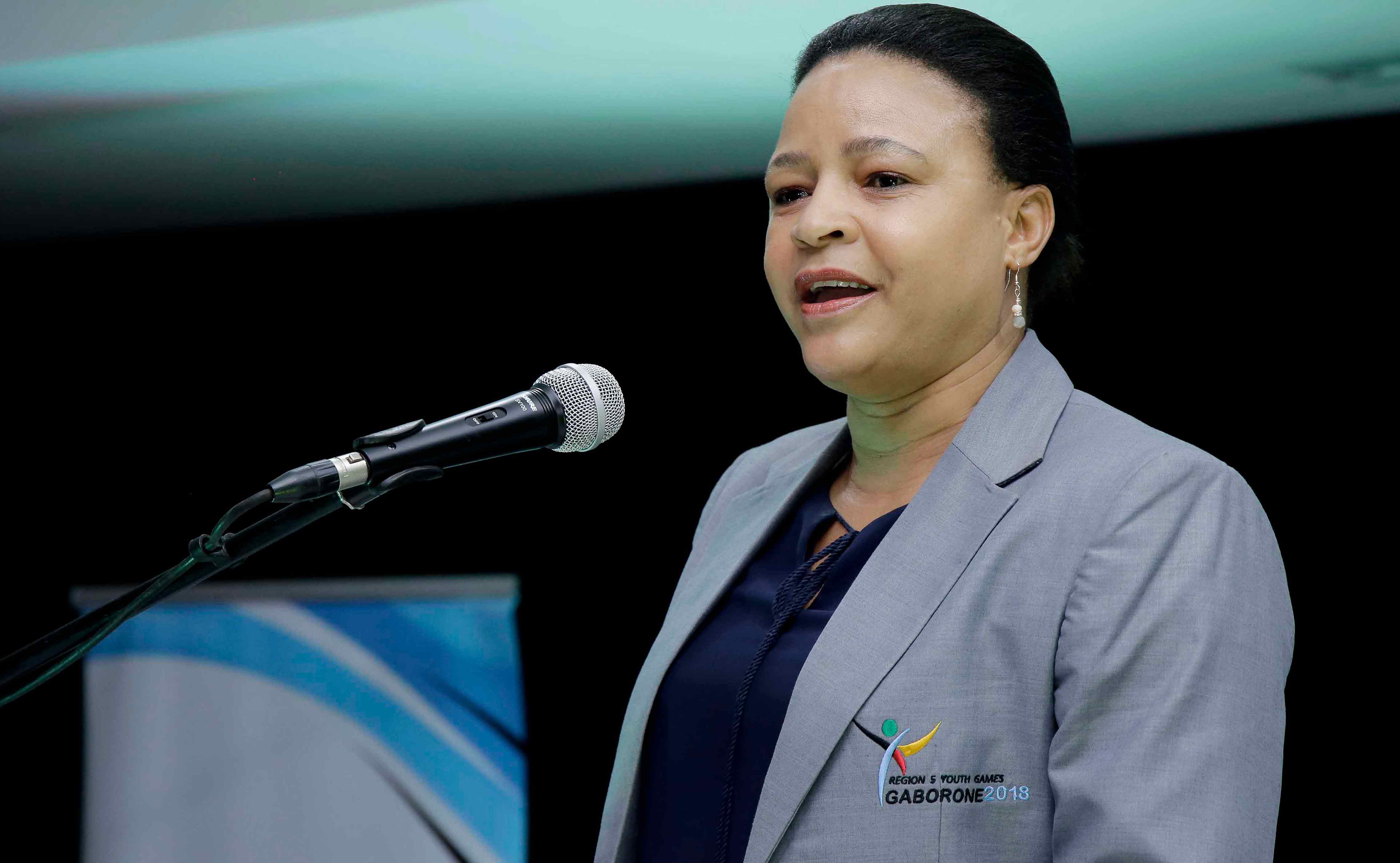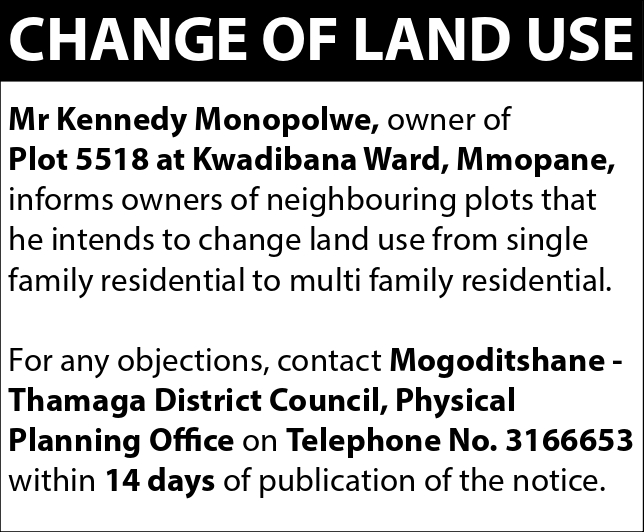Botswana has, of recent times, seen athletes who have posted impressive performances in the world of sports with athletes like Amantle Montsho, Nijel Amos (athletics) and Ofentse Bakwadi (karate). However, there have always been some individuals who believe that the country has witnessed such athletes by luck as there are no proper grassroots development structures in place.
TLOTLO KEBINAKGABO engages with Tsoseletso Magang (BNSC interim vice chairperson) and Dr Tshephang Tshube (UB physical education department) to answer the following questions; Are there proper development structures in place to produce future sports stars? What can be done to improve local sports grassroots development? Are there structures in place that allow athletes to transit well from junior to senior teams?
Magang who is also a former athlete is of the view that the country is far from labeling itself from doing enough in athlete development at grassroots level. She says the country is all over the place to even measure its performance. “We have the Botswana Long Athlete Development Plan (BLTAD) which has been on paper for a very long time but it is not producing results. Our ReBaBonaHa program has no uniformity, it’s not monitored to measure its impact and not all codes participate in it,” she said.
She believes the country has to improve its grassroots development structure in such a way that it is clearly defined in a systematic approach. “And the outcomes we intend to achieve must be clearly outlined, we must also demonstrate how we are going to monitor and measure them,” she argued. “As long as we are not involving athletes, we will always find ourselves wanting because we will not be addressing the situation they exist in.”
Even so, Magang says the bodies responsible for sports in Botswana must engage colleges and universities to offer scholarships tied to sport performance, “those act like motivation tools for athletes to work hard to earn places at tertiary schools. This will also help in producing young people who are able to balance sport and other life engagements.” Magang says parental involvement is as well vital in helping to produce holistic athletes. “At grassroots we are talking about athletes who are still under parental care, parents must play a critical role in supporting and encouraging their children on and off the playing field.”
Botswana has for years seen athletes perform well at the junior national teams but fail to do well when they reach senior teams or in most cases vanish, asked of her opinion on whether there are structures in place that aid athletes to transit well from junior to senior teams, Magang had this to say: “The succession plans are definitely not in place. As athletes progress in their competitive lives, they have no idea what will happen to them when they retire, let alone progress to the next level or worst still do not know if they will even progress.”
She says local sporting bodies need clearly defined plans which will be understood by all involved in their execution. “How these will be monitored to ensure the intended outcomes are achieved must also be crystal clear. Resources allocated for the implementation and facilitation of the plans must also be very specific,” she advised. “We need stringent measures to ensure that National Sport Associations execute development plans and their performances tied to their budgets allocations. Unless we are deliberate and put this in place, our development efforts will continue operating in a vacuum and not feeding our senior national teams.”
Lecturer in the department of physical education at University of Botswana Dr Tshephang Tshube shared the same sentiments with Magang stating that there is more that can be done to improve athlete development at grassroots level.
“We are not doing enough, you know under normal circumstances we should have an array of activities where athletes’ development at grassroots development takes place,” he said. “We know from research that athlete development at grassroots level occurs tied to schools so we should create development programs that are tied to schools. Private academies that are mushrooming now are an indicator of closing the gap that local sporting bodies are failing to address.”
Tshube says athlete development at grassroots level is also tied to population. “And research has proven that, the main challenge with us in Botswana is that we have a very small population which disadvantages us to use development models used by the likes of USA,” he reasoned. “So for us, we need to make sure that every child in school is active and plays sport. We need to ensure that the kids are well trained at a tender age and Physical Education must be compulsory for all schools with teachers well equipped on athlete development at grassroots level.”
As for transition from junior to senior teams, Tshube said: “transition from junior to senior typically coincides with transition from high school to university or transition from junior school to senior school.”
He believes the reason why local junior athletes usually do not make it or perform well with senior teams is because their transition from junior to senior teams usually coincides with other transitions. “So we need to create a more conducive environment with proper structure that will allow our athletes to transit from junior to senior level, that is where we usually lose talent,” he said.




